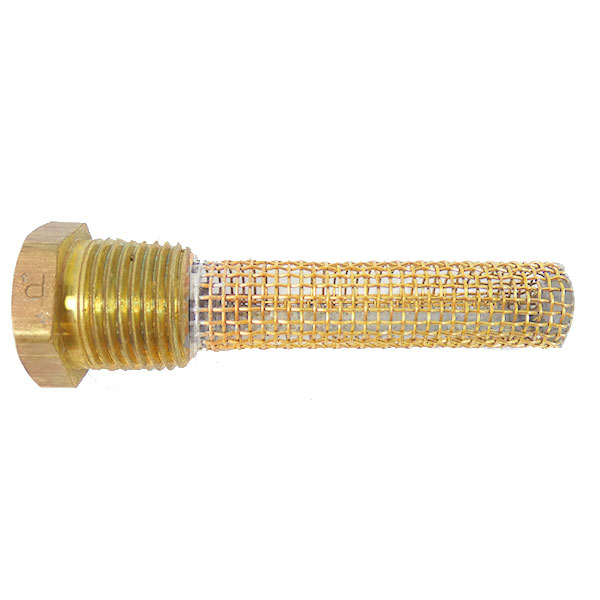When I was building my Patrol, I had difficulty imagining how parts fit together in the wing root gap with the kit disassembled. I thought some builders might find it interesting to see how the fuel lines, flap cable hardware, electrical bundles, aileron control cable and the wing and fuselage structure all fit together in my build.
Regarding the fuel lines, I fabricated an aluminum fuel line from the fuel tank fitting to the wing root which meets up with my fuselage fuel line. Each end has a bead and will connect a short rubber hose like Bob suggest in his Patrol Book. I suspect some have used a flexible fuel line out of the tank to the fuselage line using an AN fitting. Maybe that is an industry best standard.
Flap Cable: Pay attention the interaction between the flap cable and the rear spar. I followed Bob's specifications closely in this area including the oversized shackle but removed some material from it to avoid contact with the spar. With the inboard Flap Arm precisely positioned (span wise) the cable hardware avoids contact with the surrounding structure.
The big picture:
Screen Shot 2023-06-17 at 3.59.30 PM.pngScreen Shot 2023-06-17 at 3.59.11 PM.png
Fuel Sight Gauges
Screen Shot 2023-06-17 at 3.59.51 PM.png
A view looking aft from taken near the rear side window hinge. It shows fuel line marriage spacing and the flap arm with the flaps up.
Screen Shot 2023-06-17 at 4.00.07 PM.pngScreen Shot 2023-06-17 at 4.00.18 PM.png
Screen Shot 2023-06-17 at 4.00.46 PM.png
Flaps are now fully deployed at the fourth notch.
Screen Shot 2023-06-17 at 4.00.55 PM.pngScreen Shot 2023-06-17 at 4.01.31 PM.png
The Flap Cable connection at the triangle "spltter" should be fabricated so its real close to the pulley when the handle is pulled to the forth notch. Mine could be an inch lower.
Screen Shot 2023-06-17 at 4.01.42 PM.png
Regarding the fuel lines, I fabricated an aluminum fuel line from the fuel tank fitting to the wing root which meets up with my fuselage fuel line. Each end has a bead and will connect a short rubber hose like Bob suggest in his Patrol Book. I suspect some have used a flexible fuel line out of the tank to the fuselage line using an AN fitting. Maybe that is an industry best standard.
Flap Cable: Pay attention the interaction between the flap cable and the rear spar. I followed Bob's specifications closely in this area including the oversized shackle but removed some material from it to avoid contact with the spar. With the inboard Flap Arm precisely positioned (span wise) the cable hardware avoids contact with the surrounding structure.
The big picture:
Screen Shot 2023-06-17 at 3.59.30 PM.pngScreen Shot 2023-06-17 at 3.59.11 PM.png
Fuel Sight Gauges
Screen Shot 2023-06-17 at 3.59.51 PM.png
A view looking aft from taken near the rear side window hinge. It shows fuel line marriage spacing and the flap arm with the flaps up.
Screen Shot 2023-06-17 at 4.00.07 PM.pngScreen Shot 2023-06-17 at 4.00.18 PM.png
Screen Shot 2023-06-17 at 4.00.46 PM.png
Flaps are now fully deployed at the fourth notch.
Screen Shot 2023-06-17 at 4.00.55 PM.pngScreen Shot 2023-06-17 at 4.01.31 PM.png
The Flap Cable connection at the triangle "spltter" should be fabricated so its real close to the pulley when the handle is pulled to the forth notch. Mine could be an inch lower.
Screen Shot 2023-06-17 at 4.01.42 PM.png




Comment